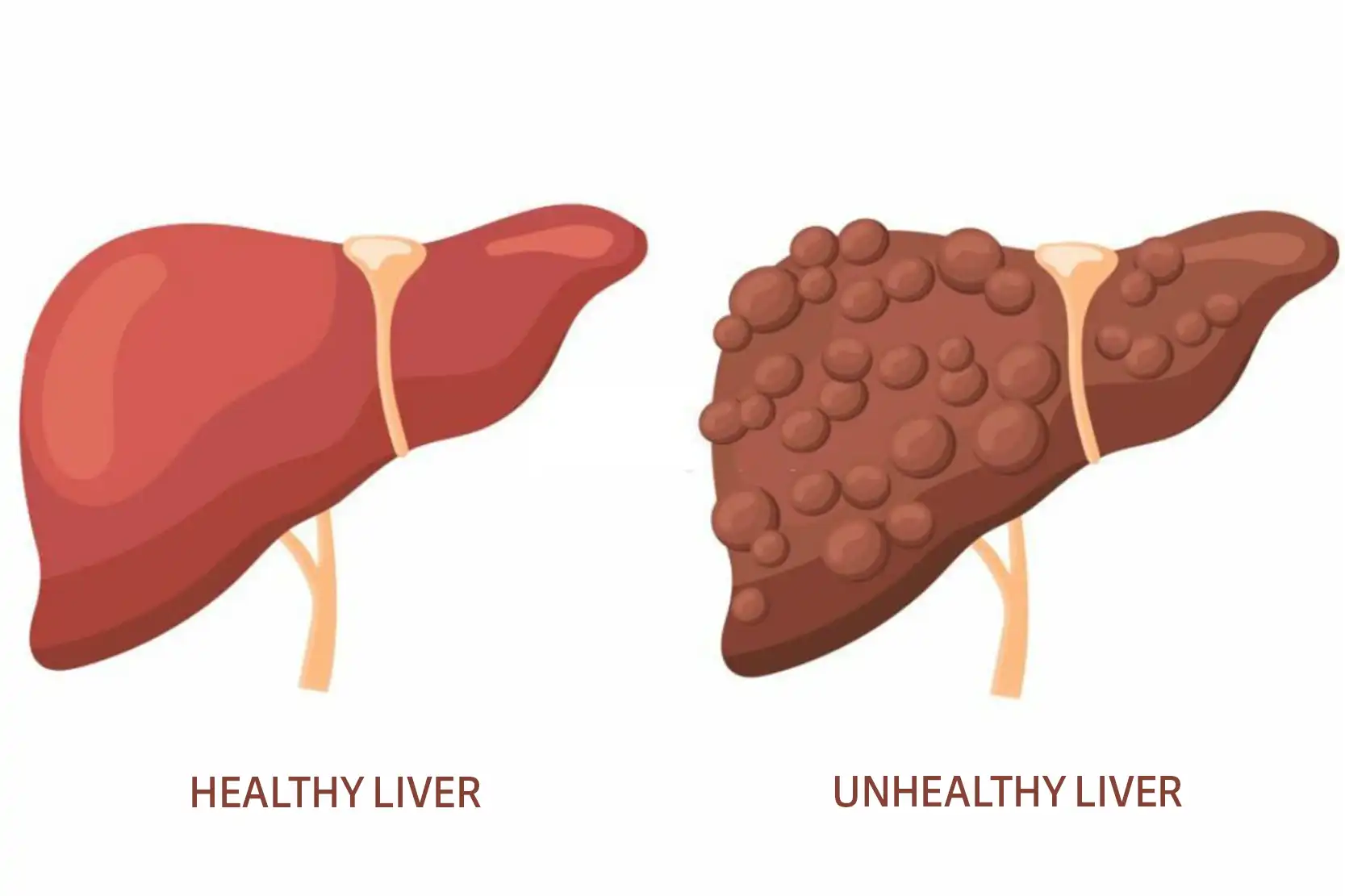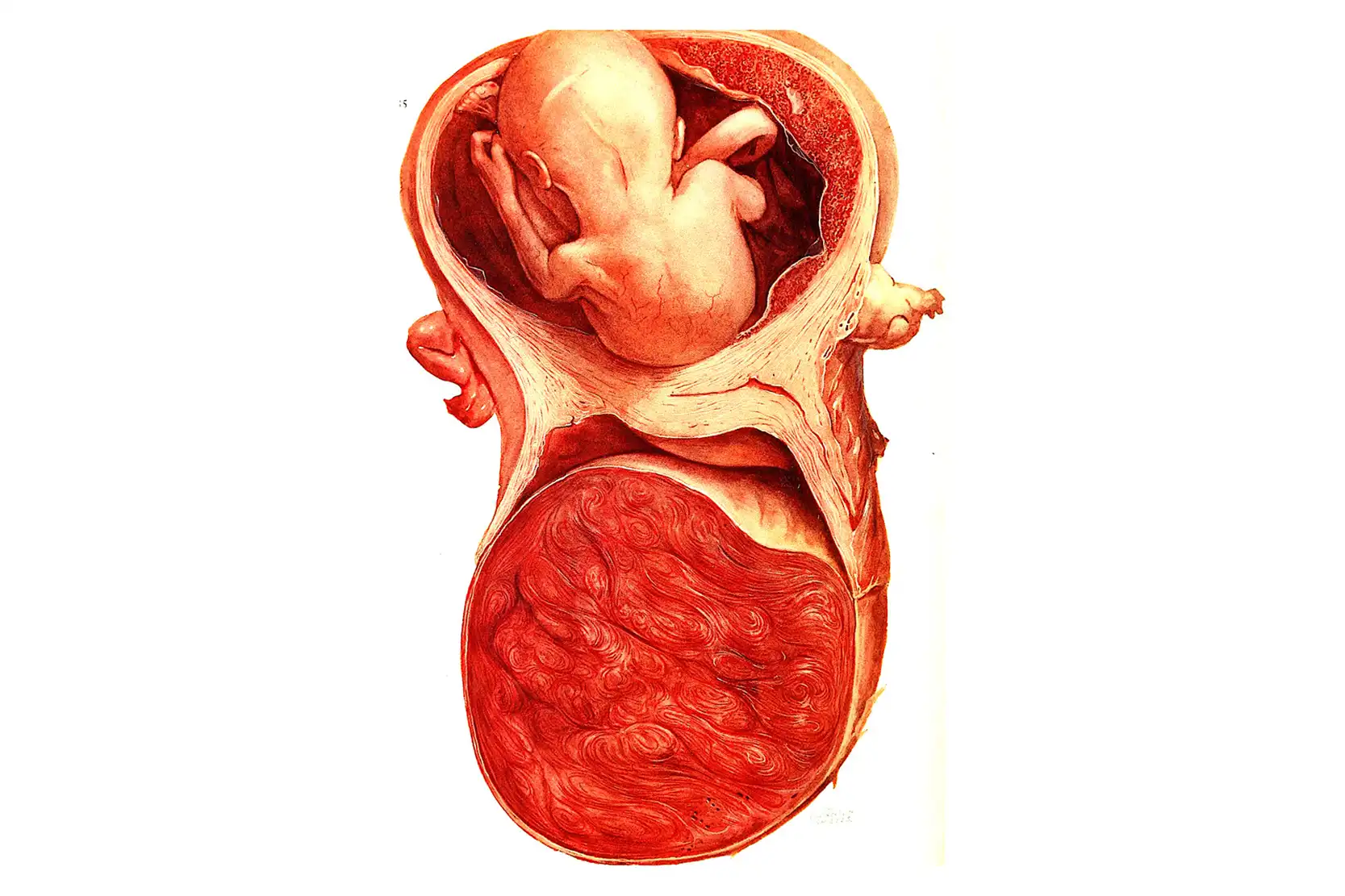
HEALTH BLOG
How Much Sugar is in Sprite? The Real Truth Behind The Confusion
-
Rahul Priydarss
Explore the article “How Much Sugar is in Sprite?” to understand the sugar content of Sprite and its health implications. With approximately 38 grams of sugar per serving, primarily from high fructose corn syrup (HFCS), Sprite raises concerns about excessive sugar intake, which can contribute to weight gain, diabetes, and dental issues. Discover insights into sugar alternatives and tips for moderating consumption to make informed choices for your well-being.
Introduction of How Much Sugar is in Sprite?:
Sprite, a popular lemon-lime-flavored soda, is well-loved for its refreshing taste and crisp effervescence. As a staple in the soft drink market, it often accompanies meals, snacks, and social gatherings. However, with increasing awareness of dietary health, many consumers are becoming more conscious of the ingredients in their favorite beverages. One significant concern is the sugar content. Understanding how much sugar is in Sprite can help consumers make informed choices about their beverage consumption and overall dietary habits. In this article, we will delve into the sugar content of Sprite, compare it to other sodas, and discuss the potential health implications of its consumption.
What is Sprite?:
Sprite is a clear, lemon-lime-flavored soft drink produced by The Coca-Cola Company. Known for its crisp and refreshing taste, Sprite is a caffeine-free beverage that has been a favorite among consumers since its introduction in 1961. Its unique combination of sweetness and citrusy tang has made it a popular choice for quenching thirst and pairing with meals or snacks. Sprite is available in various sizes and formulations, including regular, zero-sugar, and flavored variations, catering to a wide range of preferences and dietary needs.
Table of Contents
What is Sugar?:
Sugar is a type of carbohydrate that is naturally found in many foods and is also added to various products to enhance flavor. It is a sweet, crystalline substance that comes in several forms, including glucose, fructose, and sucrose. Glucose and fructose are simple sugars (monosaccharides), while sucrose, commonly known as table sugar, is a disaccharide composed of glucose and fructose molecules bonded together.
Natural sources of sugar include fruits, vegetables, and dairy products, which are present in varying amounts. However, sugar is often added to foods and beverages during processing and preparation to improve taste, texture, and shelf life. Common added sugars include white sugar, brown sugar, high-fructose corn syrup, and honey.
While sugar is an important source of energy for the body, excessive consumption can lead to health issues such as obesity, diabetes, heart disease, and dental problems. Therefore, understanding and moderating sugar intake is crucial for maintaining a healthy diet and lifestyle.
History and Origin of Sprite:
Sprite was introduced by The Coca-Cola Company in 1961 as a direct competitor to 7 Up, another popular lemon-lime flavored soda. The origins of Sprite can be traced back to West Germany, where it was first developed under the name “Fanta Klare Zitrone” (Clear Lemon Fanta) in 1959. Recognizing its potential, Coca-Cola rebranded and launched the beverage in the United States as Sprite.
The brand name “Sprite” was inspired by an existing marketing character used by Coca-Cola in the 1940s and 1950s. The introduction of Sprite came during a time when the demand for caffeine-free, citrus-flavored soft drinks was on the rise. The drink quickly gained popularity due to its clean, crisp taste and effective marketing campaigns that highlighted its refreshing qualities.
Over the decades, Sprite has undergone various branding and formula adjustments to keep up with changing consumer preferences and health trends. Despite these changes, Sprite has maintained its position as one of the leading lemon-lime sodas in the global market, expanding its reach and introducing new variants like Sprite Zero Sugar to cater to health-conscious consumers.
Variants of Sprite:
Sprite, a popular lemon-lime-flavored soda, has several variants and special editions that cater to different tastes and preferences around the world. Here are some notable variants of Sprite.
Sprite Zero Sugar (Sprite Zero): A sugar-free variant sweetened with artificial sweeteners like aspartame and acesulfame potassium (Ace-K), offering the same lemon-lime flavor without the calories or sugar.
Sprite Cherry: This variant combines the classic lemon-lime taste of Sprite with a hint of cherry flavor, providing a fruity twist to the original.
Sprite Cranberry: Released seasonally, Sprite Cranberry infuses the traditional lemon-lime soda with the tartness of cranberries, offering a refreshing holiday-themed beverage.
Sprite Ginger: Introduced as a limited edition, Sprite Ginger adds a zesty ginger flavor to the familiar lemon-lime soda, appealing to those who enjoy a spicier twist.
Sprite Lymonade: This variant blends Sprite with lemonade, creating a tangy and refreshing beverage that combines the flavors of lemon-lime soda with the tartness of lemonade.
Sprite Tropical Mix: Available in select regions, Sprite Tropical Mix incorporates tropical fruit flavors into the classic Sprite formula, providing a taste of exotic fruits.
Ingredients of Sprite:
The ingredients of Sprite, as listed on a typical can or bottle, include the following.
- Carbonated Water: The primary ingredient, providing the effervescence that makes Sprite a refreshing soda.
- High Fructose Corn Syrup (HFCS): A sweetener used to give Sprite its sweet flavor.
- Citric Acid: Adds a tangy, citrusy taste to the beverage.
- Natural Flavors: A blend of flavors derived from natural sources to create Sprite’s distinctive lemon-lime taste.
- Sodium Citrate: Acts as a preservative and helps maintain the beverage’s acidity.
- Sodium Benzoate: Another preservative that prevents the growth of bacteria and mold.
- Caffeine: Sprite is caffeine-free, distinguishing it from many other soft drinks.
– Here is a table detailing the ingredients and their approximate quantities in a 12 fl oz (355 ml) can of regular Sprite:
| Ingredient | Quantity |
|---|---|
| Carbonated Water | ~335 ml |
| High Fructose Corn Syrup | ~38 grams |
| Citric Acid | ~0.2 grams |
| Natural Flavors | Trace amounts |
| Sodium Citrate | ~0.2 grams |
| Sodium Benzoate | ~0.02 grams |
Note: The quantities provided are approximate and can vary slightly based on the formulation and manufacturing process. The exact quantities of some ingredients, such as natural flavors, are proprietary and not disclosed by the manufacturer.
Types of Sugars in Beverages:
When considering sugars in beverages, they generally fall into two categories: natural sugars and added sugars.
Natural Sugars: Natural sugars are inherently found in foods such as fruits and dairy products. For example, fructose is found in fruits, while lactose is present in milk. These sugars are part of the food’s natural composition and are typically accompanied by essential nutrients, fiber, and antioxidants. Consuming natural sugars as part of whole foods is generally considered beneficial due to the added nutritional value.
Added Sugars: Added sugars refer to sugars and syrups that are added to foods and beverages during processing or preparation. Unlike natural sugars, added sugars often provide additional calories without significant nutritional benefits. Common examples include sucrose (table sugar), high fructose corn syrup (HFCS), honey, and agave nectar. Excessive consumption of added sugars can lead to various health issues, including obesity and diabetes.
Common Sugars in Sodas:
High Fructose Corn Syrup (HFCS): HFCS is a common sweetener found in many sodas, including regular Sprite. It is derived from corn starch and consists of both glucose and fructose. HFCS is widely used in the beverage industry due to its cost-effectiveness and high sweetness level.
Sucrose: Also known as table sugar, sucrose is a disaccharide composed of glucose and fructose. While it is less commonly used in sodas compared to HFCS, it is still prevalent in some formulations. Sucrose is recognized for its versatility and sweetness.
Glucose: Glucose is a simple sugar (monosaccharide) that serves as a basic energy source for the body. Although it is rarely used alone in sodas, glucose is present as part of sucrose or HFCS. It plays a crucial role in providing immediate energy.
Fructose: Fructose is another simple sugar (monosaccharide) found in fruits and used in combination with glucose in HFCS. It is known for its high sweetness level, making it a popular choice for sweetening beverages.
Artificial Sweeteners (used in diet sodas):
- Aspartame: Aspartame is a low-calorie sweetener commonly used in products like Sprite Zero Sugar. It provides sweetness without the added calories of traditional sugars.
- Acesulfame Potassium (Ace-K): Ace-K is often used in combination with other sweeteners to enhance overall sweetness. It is a zero-calorie sweetener.
- Sucralose: Sucralose is another zero-calorie sweetener found in some diet sodas. It is known for its intense sweetness and stability in various food and beverage applications.
How Much Sugar is in Sprite?:
Sprite contains approximately 38 grams of sugar per 12 fluid ounces (355 ml) serving. The sugar in Sprite primarily comes from high fructose corn syrup (HFCS), which is a common sweetener used in many soft drinks for its affordability and sweetness.
This amount of sugar exceeds daily intake recommendations by health organizations, highlighting the importance of moderation in consumption. Excessive sugar intake, such as that found in Sprite, can contribute to health issues like obesity, diabetes, and dental problems. Understanding the sugar content in Sprite allows consumers to make informed decisions about their beverage choices and consider alternatives with lower sugar content or sugar-free options to manage their overall sugar intake effectively.
– Sprite beverages come in various formulations, each with different types of sugars or sugar substitutes. Here’s a breakdown of the types of sugars in different Sprite varieties:
| Sprite Variety | Type of Sugar / Sweetener |
|---|---|
| Regular Sprite | High Fructose Corn Syrup (HFCS) |
| Sprite Zero Sugar | Aspartame, Acesulfame Potassium (Ace-K) |
| Sprite Lymonade | High Fructose Corn Syrup (HFCS) |
| Sprite Cherry | High Fructose Corn Syrup (HFCS) |
| Sprite Tropical Mix | High Fructose Corn Syrup (HFCS) |
| Sprite Ginger | High Fructose Corn Syrup (HFCS) |
| Sprite Lemonade Legacy | High Fructose Corn Syrup (HFCS) |
| Sprite Cranberry | High Fructose Corn Syrup (HFCS) |
| Sprite Zero Sugar Cherry | Aspartame, Acesulfame Potassium (Ace-K) |
Note: The availability of these varieties can vary by region, and the sweeteners used may be subject to change based on local regulations and consumer preferences.
Comparing Sugar Content in Various Sodas:
Here’s a comparison of the sugar content in popular sodas, including Sprite, Canada Dry, Limca, Fresca, and 7UP:
Sprite: Sugar Content: Approximately 38 grams of sugar per 12 fl oz (355 ml) serving.
Sweetener: High Fructose Corn Syrup (HFCS).
Canada Dry Ginger Ale: Sugar Content: Approximately 32 grams of sugar per 12 fl oz (355 ml) serving.
Sweetener: High Fructose Corn Syrup (HFCS).
Limca: Sugar Content: Approximately 24 grams of sugar per 12 fl oz (355 ml) serving.
Sweetener: Sucrose (table sugar).
Fresca: Sugar Content: The Fresca Zero Sugar variant contains 0 grams of sugar per serving.
Original Fresca contained 0 grams of sugar per serving.
Sweetener: Aspartame, Acesulfame Potassium (Ace-K).
7UP: Sugar Content: Approximately 31 grams of sugar per 12 fl oz (355 ml) serving.
Sweetener: High Fructose Corn Syrup (HFCS).
Health Implications of Sugar in Sprite:
The sugar content in Sprite, primarily derived from high fructose corn syrup (HFCS), can have several health implications when consumed in excess. Each 12 fluid ounce (355 ml) serving of Sprite contains approximately 38 grams of sugar, which exceeds daily sugar intake recommendations set by health organizations. Here are some potential health effects.
Weight Gain: High sugar intake, such as that found in Sprite, can contribute to weight gain and obesity. Excess sugar is converted into fat in the body, leading to increased calorie consumption without significant nutritional benefits.
Increased Risk of Type 2 Diabetes: Consuming sugary beverages like Sprite regularly can contribute to insulin resistance and increase the risk of developing type 2 diabetes. This is particularly concerning for individuals who are already predisposed to diabetes or have a sedentary lifestyle.
Dental Health Issues: The high sugar content in Sprite can promote dental cavities and tooth decay. Bacteria in the mouth feed on sugars, producing acids that erode tooth enamel over time, leading to dental problems.
Cardiovascular Health: Excessive sugar intake has been linked to an increased risk of cardiovascular diseases such as heart disease and hypertension. Diets high in sugar can raise blood pressure and triglyceride levels, both of which are risk factors for heart problems.
Nutritional Deficiencies: Consuming sugary beverages like Sprite can displace nutrient-dense foods from the diet, leading to potential deficiencies in essential vitamins and minerals necessary for overall health.
Alternatives to Regular Sprite:
Several alternatives to regular Sprite offer reduced sugar content or are sugar-free, catering to different dietary preferences and health considerations. Here are some options.
Sprite Zero Sugar (Sprite Zero): This variant of Sprite contains zero sugar and is sweetened with artificial sweeteners like aspartame and acesulfame potassium (Ace-K). It provides a similar taste to regular Sprite but without the calories and sugar content.
Diet Sprite: Similar to Sprite Zero, Diet Sprite is another sugar-free option sweetened with artificial sweeteners. It offers a lighter alternative while maintaining the familiar Sprite flavor.
Fresca: Fresca is a citrus-flavored soda that comes in various flavors and is known for its low-calorie or sugar-free options. Original Fresca contains no sugar, and the Fresca Zero Sugar variant is sweetened with aspartame and Ace-K.
Club Soda or Sparkling Water with Lemon or Lime: For those looking to avoid soda altogether, club soda or sparkling water with a squeeze of lemon or lime can provide a refreshing alternative. These options are calorie-free and do not contain any sugars or artificial sweeteners.
Infused Water: Creating infused water with slices of citrus fruits, berries, or herbs like mint can offer a flavorful and hydrating alternative to sugary sodas like Sprite. It’s naturally refreshing and free from added sugars or artificial ingredients.
Impact on Children and Teens of Sprite:
The impact of Sprite on children and teens can be significant due to its high sugar content and potential health implications. Here are some key considerations:
High Sugar Content: Sprite contains approximately 38 grams of sugar per 12 fluid ounce serving, primarily from high fructose corn syrup (HFCS). Consuming sugary beverages like Sprite regularly can contribute to excessive calorie intake and increase the risk of weight gain and obesity in children and teens.
Dental Health: The high sugar content in Sprite can promote tooth decay and cavities, especially when consumed frequently without proper dental hygiene practices. Bacteria in the mouth feed on sugars, producing acids that erode tooth enamel over time.
Risk of Type 2 Diabetes: Regular consumption of sugary drinks like Sprite has been linked to an increased risk of developing type 2 diabetes, particularly in children and teens who may be more susceptible due to dietary habits and lifestyle factors.
Nutritional Impact: Drinking Sprite and similar sodas can displace more nutrient-dense beverages like water, milk, or natural fruit juices from the diet. This may lead to deficiencies in essential vitamins and minerals crucial for growth and development.
Behavioral Impact: The caffeine-free nature of Sprite makes it appealing to children and teens, but frequent consumption of sugary beverages can contribute to hyperactivity and erratic energy levels, affecting behavior and concentration.
Where To Purchase Sprite Drink:
Sprite is widely available for purchase at various retail outlets and convenience stores worldwide. Here are common places where you can buy Sprite:
Supermarkets and Grocery Stores: Sprite is typically stocked in the beverage aisle of supermarkets and grocery stores. Look for it alongside other soft drinks and sodas.
Convenience Stores: Stores like 7-Eleven, Circle K, and other convenience stores often carry Sprite in individual cans or bottles for on-the-go purchases.
Online Retailers: Websites like Amazon, Walmart, and other online retailers often sell Sprite in bulk packs or as part of grocery delivery services.
Gas Stations: Many gas stations and fueling stations also have Sprite available for purchase, often alongside other beverages and snacks.
Restaurants and Fast Food Chains: Sprite is a common soda choice at restaurants, fast food chains, and dining establishments around the world. It’s typically available as a fountain drink or in cans and bottles.
Specialty Beverage Stores: Some specialty beverage stores or international food markets may also stock Sprite, especially if they carry a variety of imported sodas.
FAQs about How Much Sugar Is In Sprite?:
A1: Sprite is comparable to other sodas in terms of sugar content. While it isn’t necessarily healthier, it does offer sugar-free alternatives like Sprite Zero.
A2: It’s best to limit sugary beverages like Sprite to occasional consumption. Stick to the recommended daily sugar intake limits to maintain a healthy diet.
A3: Sprite doesn’t offer significant health benefits. It’s primarily a source of hydration and enjoyment but should be consumed in moderation due to its sugar content.
A4: Yes, Sprite can be part of a balanced diet if consumed occasionally and in moderation. Pairing it with a diet rich in fruits, vegetables, and whole grains is essential.
A5: Healthier alternatives include water, herbal teas, and beverages with no added sugars. For a soda-like experience, consider sugar-free options or naturally flavored sparkling water.
-Please remember, to always consult with healthcare professionals or Doctors for personalised advice related to medical conditions.
Conclusion:
Understanding “How Much Sugar is in Sprite?” is crucial for making informed decisions about beverage consumption. With approximately 38 grams of sugar per 12 fluid ounces serving, primarily from high fructose corn syrup (HFCS), Sprite ranks among sodas with higher sugar content. This amount exceeds daily sugar intake recommendations by health authorities, emphasizing the importance of moderation. Choosing lower-sugar alternatives or opting for sugar-free options like Sprite Zero Sugar can help reduce overall sugar intake and mitigate potential health risks associated with excessive sugar consumption. By reading and understanding nutrition labels, consumers can navigate beverage choices more wisely, promoting better health and well-being in their daily lives.




